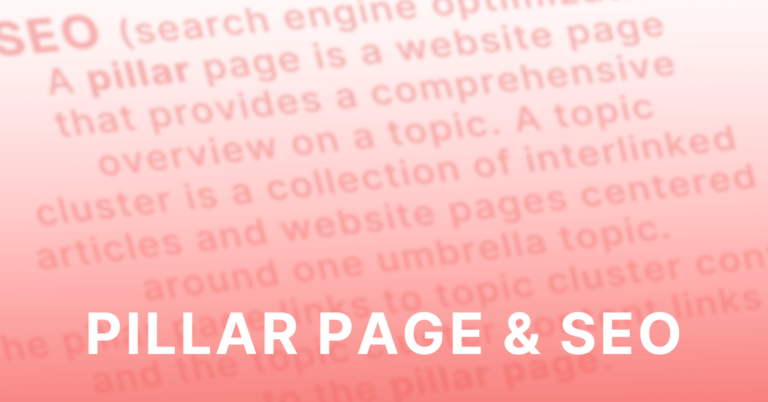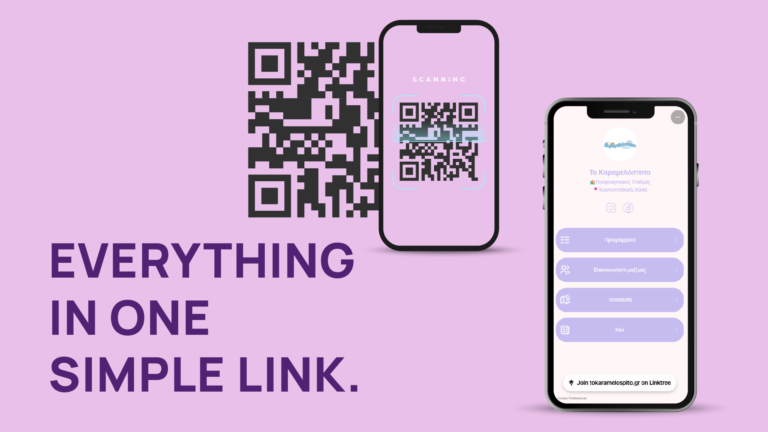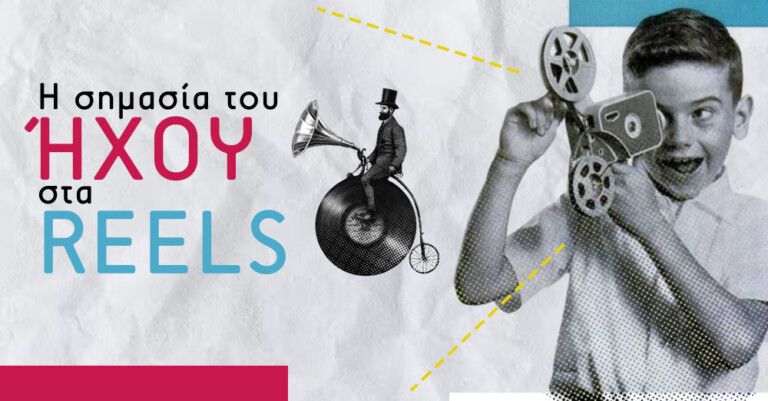If you're wondering "How to climb Google rankings", here's the answer to what you need to do to get there. Just follow the steps faithfully!
As we reported in previous article Google takes some factors into account to determine the ranking of pages in its indexes. And if someone uses them, they can see their page rise significantly in the results.
In this article you will find even more effective SEO tips for even more immediate and long-term results in the page ranking of your website, but also techniques that bring negative results and should be avoided when optimizing your pages.

1. Make your content interesting to the user
Content is King
Fundamental phrase when talking about content optimization and SEO. The richer and higher quality content, the better! Try to keep your text below 600 words and ideally 1200-1800 words. But again, don't write meaningless text just to reach the desired word count. Stick to quality content and what really interests the user."Pull" the user with a good title
The title and metadescription are the first things the user sees in Google search. So you have to manage to stand out among hundreds of results and make the user choose you! Difficult? Quite, but there are ways to increase the odds. Think about what draws you to a title in search. It should answer your question exactly, be simple and concise, convince you from the first 5 words that the answer you are looking for is on that page!
The title should ideally include:- List: include a number indicating that there is an organized list
- A mixture of common, non-common, emotional and dynamic words
- 5-6 words so that it is clear and concise and to press it
- How to: include phrases or words such as "Learn how to ...", "Simple ways to ..." to show that your content is educational
- Question: Put a question in the title. This question should be as close as possible to the question the user is looking for.
Do not fill your text with the keyword
You may think that this technique works positively, "telling" search engines that your content is relevant to the term the user is searching for. This is a widely practiced technique, but things are gradually changing as Google's algorithms become more and more identified with the average user. That is, if it seems too much for an ordinary user to encounter the keyword 30 times in a 300-word text, that's exactly how it will appear to Google. To keyword-stuffing is something that search engines frown upon as they consider that the content in this way appears less "human", and suggest that the keyword should appear at a rate of 1%, i.e. 1 in 100 words being the keyword.Instead use relevant terms and quality content
It is no longer so important to optimize the content in terms of having the keyword/phrase within it. But to have general optimization of the content with various words that are relevant to the topic and that will actually interest the user. The quality and relevance of content is now paramount and are recognised by Google's algorithms.
The semantic density, i.e. the quantity and position of relevant terms in the text shapes the relevance score. That is, it gives Google to understand how relevant the content is to the keyword the user searched for.

2. Organise your content
Make sure your content is understandable at first glance
One or two sentences that simply and concisely describe the topic are enough for the user to understand if the information they found on your page is worth reading.
Try to make it easy to read so that the user can easily find what they want. Divide the text into sections, using headlines, lists and bulletpoints, giving links to relevant articles, videos, external links for even more information. Close with a summary or some conclusions at the end that will make not only the user, but also the search engines understand the topic easily and quickly.Add images and multimedia
It is statistically proven that the user always prefers a content containing images and multimedia and that inserting a large number of photos in articles improves ranking. So make sure your content is rich in images and videos, so that the user will understand the topic even better, find photos that might interest them and request videos that will increase the time they spend on your page.Use simple and understandable language
The readability of a text is defined by how simple and understandable it is. If, for example, a primary school child can understand your text, then its readability is good. If it uses more complex language, it is aimed at a more specialised audience, so it is incomprehensible to the average user.
So improve the readability of your content, make it as understandable as possible and try to provide answers to the questions that users may be looking for.

3. View user signals | Keep the user on the page
User signals are the "signals" that Google records when a user visits a page.
Simply put, if a user visits a page and for some reason does not like it or does not find what he or she wants, he or she will quickly leave the page or not navigate to other pages on the website. If they like the page and find the content interesting, they may visit other pages with more relevant articles.
These movements are recorded and collected as statistics that give valuable information to search engines about the quality of your content and shape the page ranking of your page.
To keep him on the site longer and not to click "←" to see more search results, you can offer him relevant content.
For example, in a post, place links to on links at the end of the article so that they can go to other posts. Another effective way is to open outbound links in a new window or tab so that the user does not leave your page.
So an interesting content will give you three user signals:
Increase the amount of time the user spends on the website (Time at site)
The user is interested in your content and reads it longer, increasing the time spent on your page. The time users spend on your page improves your ranking, as Google considers your content to be interesting and "keeps" users on your page.
Reduction of the bounce rate
The bounce rate increases when a user visits one of your pages and immediately or after a while leaves it. They do not proceed to interact with the content and do not navigate to other pages. The more elevated the bounce rate, the lower the bounce rate, the lower the page ranking.
So try to keep the user on the page by keeping them interested and providing them with more interesting content than what they were looking for!
Increase the Click through rate (CTR)
When you have done a good optimization of your content by giving the user links and interaction points, you have a great chance to increase the CTR of your page. When Google sees a site that users are spending a lot of time on it, interacting with its content and navigating through its pages, it considers it to be trustworthy and quality and improves its ranking in the search results.

4. Give a positive user experience to the user
Or at least try not to be negative. There are some factors that determine from the first few seconds whether the user will feel positive or negative about your page.
The page load time
A page that is slow to load has a high chance of being abandoned by the user before its content has even fully loaded. A page that has a good speed on the other hand is easy to use and does not make the user wait.The pop ups
They can be advertisements, newsletters, website notifications, and can be overly annoying. So don't expect the user to sit down and deal with them one by one. Of course they will naturally prefer to leave your page and look elsewhere for what they are looking for. As important as it is for you to display some notifications to the user, you should always think from their point of view.
Notifications and pop-up ads, pop-ups that do not close for a few seconds and overlay ads should be avoided, because they will have an impact on the user experience and therefore on the bounce rate. Do not force the user to click on the ad, because this violates Google's ad policy and can very easily ban your page.Redirects
You may have modified the link of one of your pages for some reason. You should make sure you redirect to a valid link. If you don't you will get Error 404 on the user. If this happens the chances of abandonment increase dramatically.
Recapping
Dos
- Always write text for people and not for search engines.
- Give the user quality content, properly structured, as long as possible with lots of photos and multimedia and relevant links.
- Use relevant terms and phrases throughout your text.
- Give it an eye-catching title to stand out in the results.
- Make sure your topic is as clear as possible from the first few sentences.
- Use simple and understandable language.
don'ts
- Do not stuff your content with the keyword. Stay at a density of about 1%, try to improve semantic density.
- Do not "bombard" the user with pop up ads or notifications.
- Do not force the user to take an action.
- Do not fail to place as many internal links as possible.
- Don't neglect writing optimized titles and metadescriptions for your pages and articles.
- Don't leave your pages without valid links.
Tip: The more you dedicate yourself to the consistent application of these techniques on your website, the more immediate and long-term results will be!







